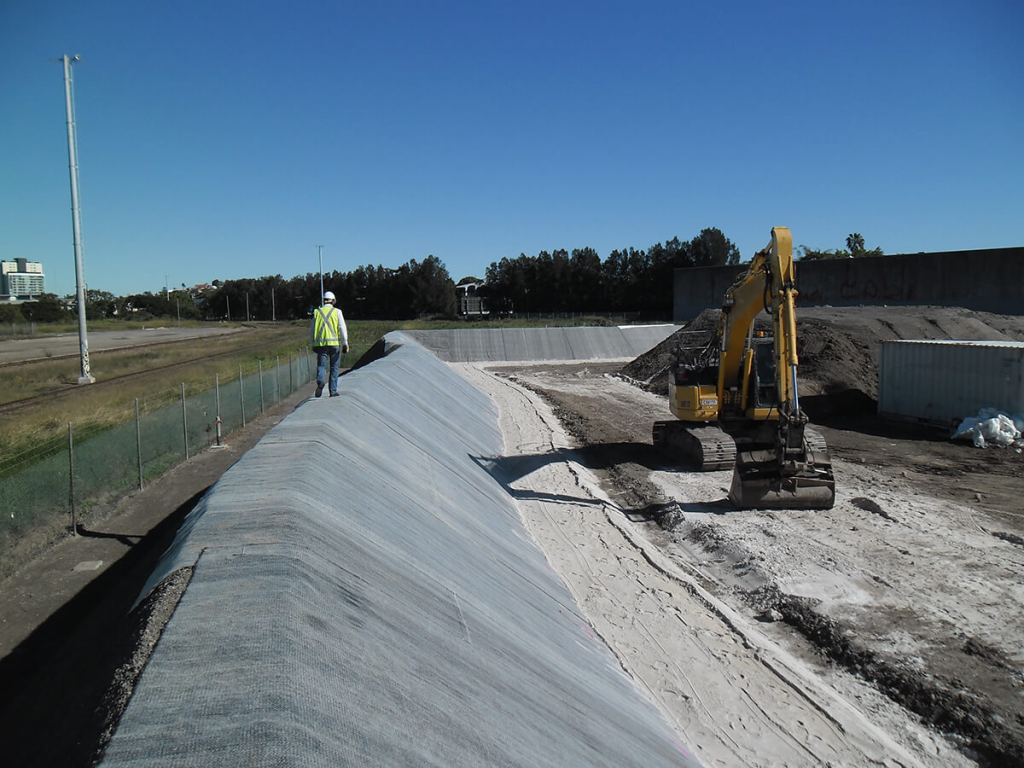Geosynthetic Clay Liners: Key Solutions for Modern Geosynthetics Challenges
Geosynthetic clay liners are essential components in geosynthetics applications, offering reliable protection against soil and water contamination. In this article, we answer the most pressing questions about geosynthetic clay liners and their role in solving geotechnical and environmental challenges.
What are geosynthetic clay liners and how do they work?
Geosynthetic clay liners (GCLs) are factory-manufactured sheets made of bentonite clay between geotextiles or bonded to geomembranes. When hydrated, the clay swells to form a low-permeability barrier, preventing fluid and contaminant movement. Learn more about their applications in geosynthetics projects for landfills and environmental protection.

Why are geosynthetic clay liners preferred over traditional clay layers?
Traditional clay layers require excavation, compaction, and ongoing maintenance. Geosynthetic clay liners, in contrast, are pre-fabricated, ensuring consistent thickness, permeability, and faster installation. For more details on their benefits in geosynthetics engineering, visit Geofantex.
What are common installation challenges with geosynthetic clay liners?

Challenges include uneven subgrade surfaces, exposure to wind/rain before coverage, and incomplete seam overlaps. Proper site preparation and installation, plus protective geomembrane overlays, are recommended. Check installation tips and guidelines for geosynthetics projects.
How do geosynthetic clay liners improve long-term environmental protection?
They provide durable, low-permeability barriers that reduce soil and groundwater contamination risks. Combined with geomembranes, they strengthen containment systems for landfills, mining, and industrial projects. See more on long-term geosynthetics solutions for environmental compliance.
Geosynthetic clay liners are key components in modern geosynthetics applications, providing low-permeability barriers that solve traditional soil containment challenges. They are widely used in landfills, mining, and environmental protection projects, offering reliable sealing, easier installation, and reduced long-term maintenance. Combined with other geosynthetics like geomembranes, they ensure sustainable environmental protection and reg
Comments
Post a Comment